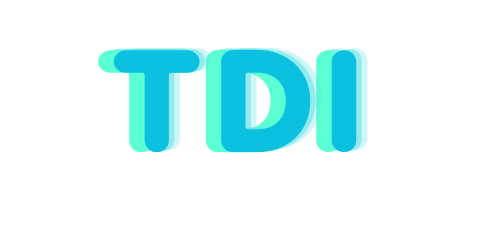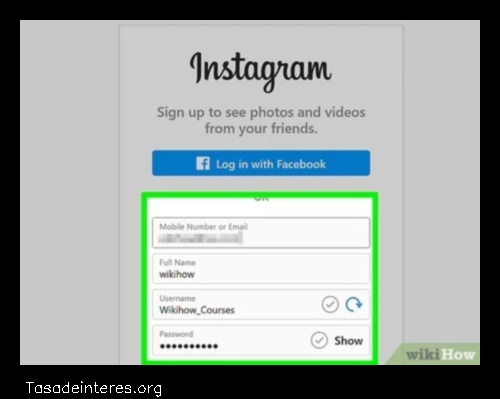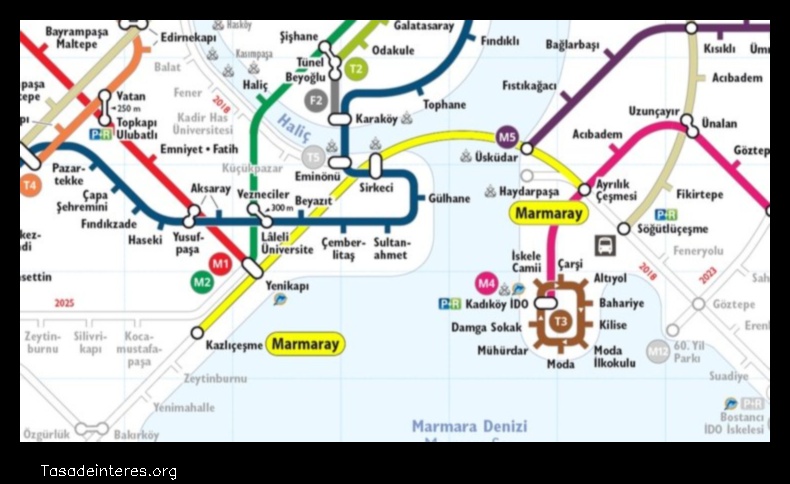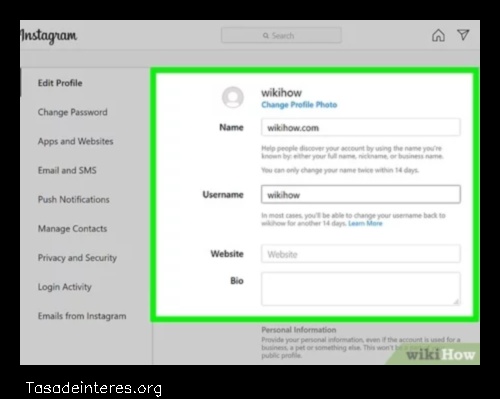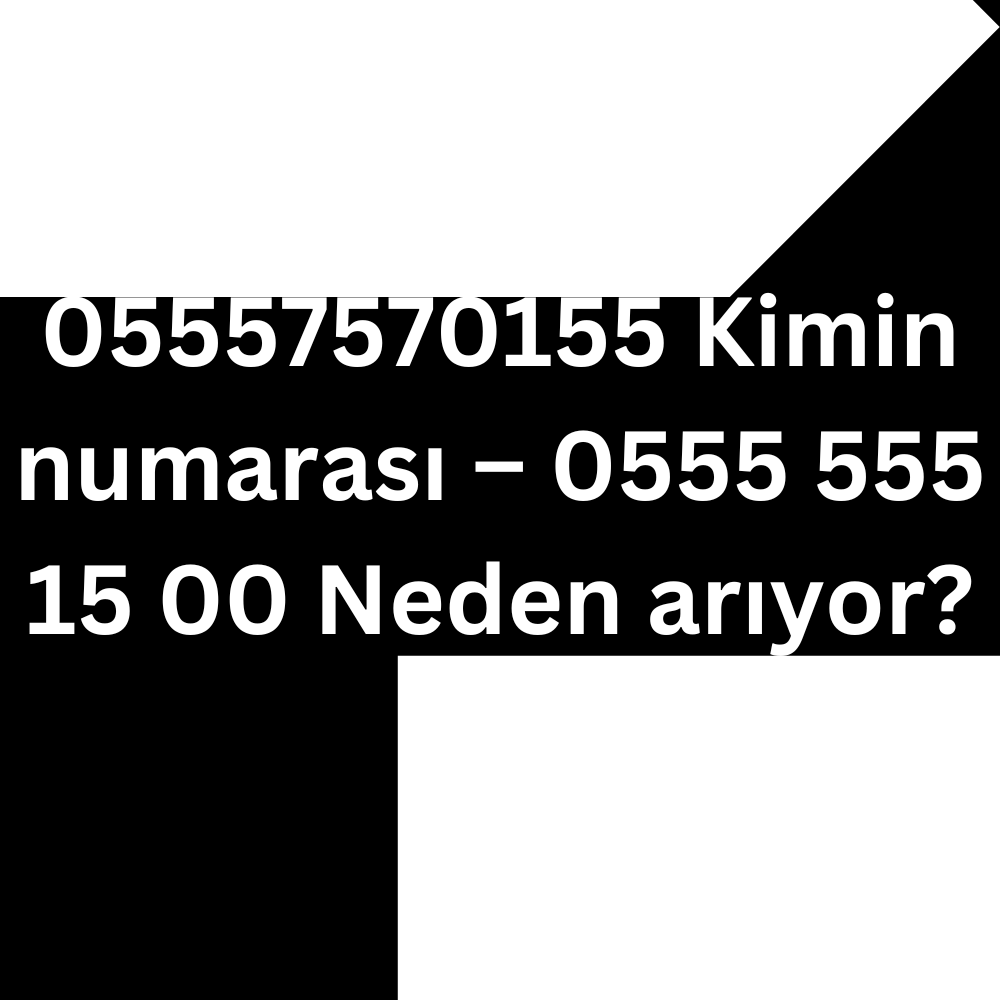Tarot Reading:Guide
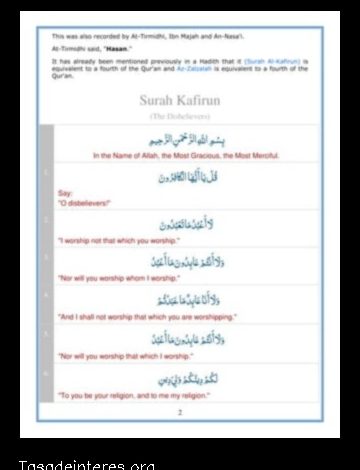
Tarot Reading: A Guide to Understanding the Art of Divination
If you’re looking for a unique way to gain insight into your life, tarot reading might be just what you need. Tarot readingTarot reading is a practice that uses a deck of cards to gain insight into the past, present, and future. Each card in the deck has a unique meaning, and a tarot reader uses their intuition and knowledge of the cards to interpret their significance.
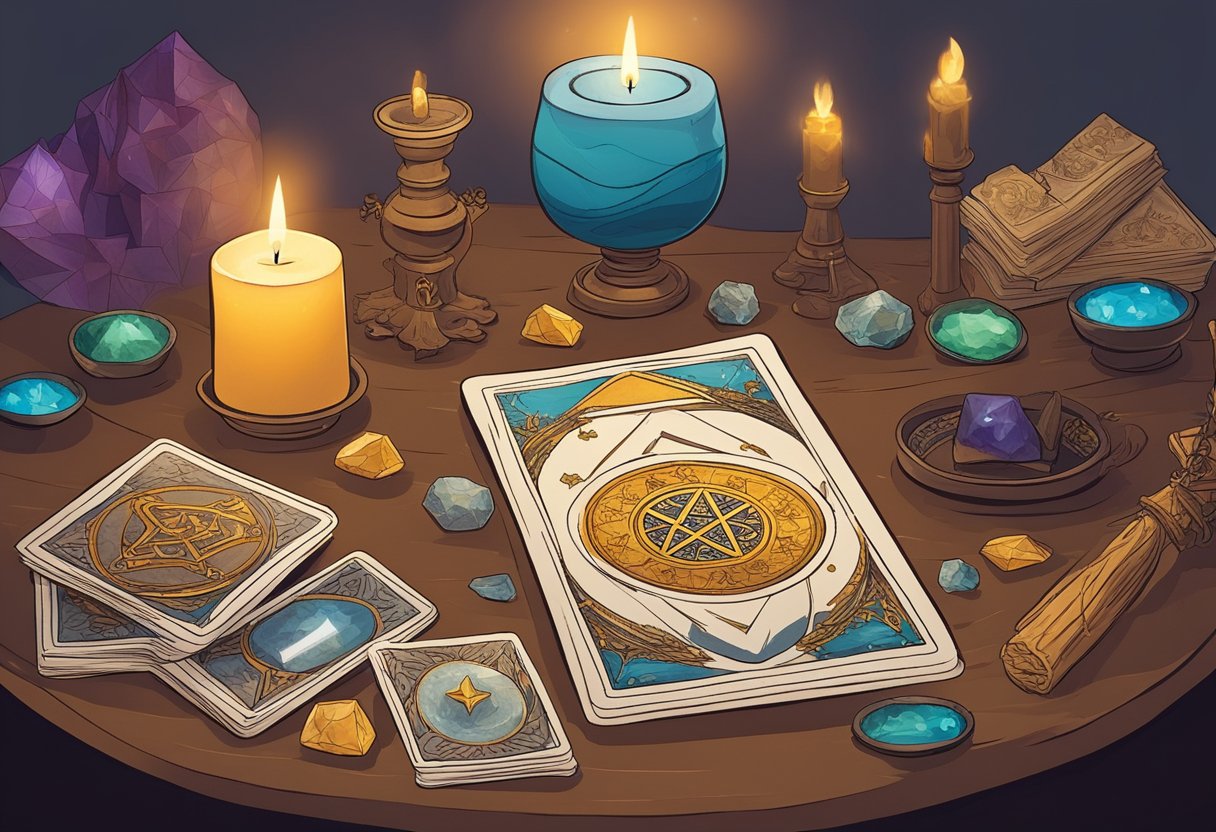
The history of tarot reading dates back to the 15th century, when the cards were first used for playing games in Italy. It wasn’t until the 18th century that tarot cards began to be used for divination purposes. Today, tarot reading is a popular form of divination, and many people turn to it for guidance and insight into their lives.
Whether you’re new to tarot reading or have been practicing for years, understanding the cards and the reading process is essential. In this article, we’ll explore the history of tarot reading, how to understand tarot cards, the tarot reading process, different types of tarot readings, and the ethics and responsibilities of tarot readers. By the end of this article, you’ll have a better understanding of tarot reading and how it can benefit you.
Key Takeaways
- Tarot reading is a practice that uses a deck of cards to gain insight into the past, present, and future.
- The history of tarot reading dates back to the 15th century, and today it is a popular form of divination.
- Understanding the cards and the reading process is essential to gaining insight and guidance through tarot reading.
History of Tarot Reading
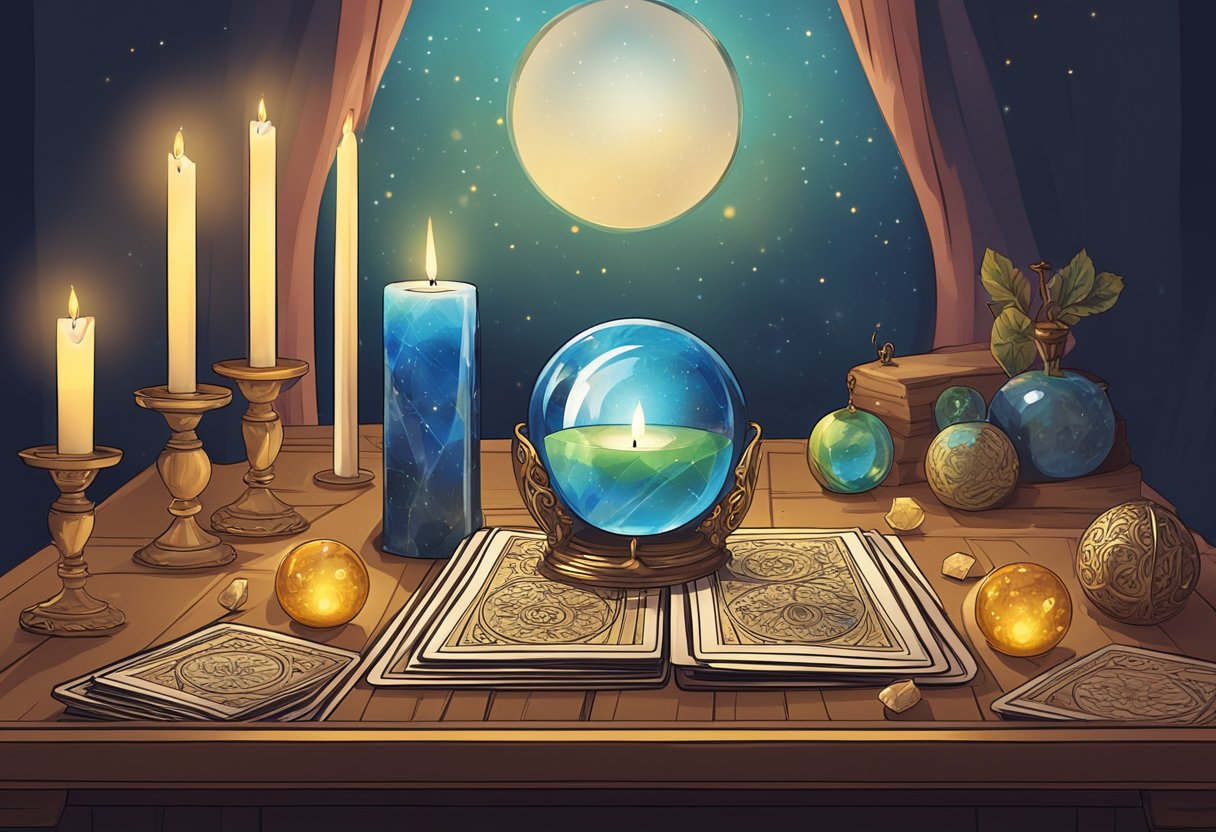
Origins and Evolution
Tarot cards have a long and complex history that spans centuries and continents. The earliest known tarot cards were created in northern Italy in the late 14th century, and they were originally used for playing games. It wasn’t until the 18th century that tarot cards began to be used for divination and fortune-telling.
The tarot deck consists of 78 cards, divided into two main categories: the Major Arcana and the Minor Arcana. The Major Arcana consists of 22 cards, each representing a different archetype or stage in the journey of life. The Minor Arcana consists of four suits (Cups, Swords, Wands, and Pentacles), each with 14 cards representing different aspects of daily life.
Over the centuries, the tarot deck has evolved and been adapted by different cultures and traditions. Today, there are many different variations of the tarot deck, each with its own unique symbolism and interpretation.
Cultural Significance
Tarot reading has played an important role in many different cultures throughout history. In Europe, the tarot was often associated with the occult and was used by secret societies such as the Freemasons and the Hermetic Order of the Golden Dawn.
In the 20th century, the tarot became popular among New Age and spiritual communities, who saw it as a tool for self-discovery and personal growth. Today, tarot reading is widely practiced around the world, with many people using it as a way to gain insight into their lives and make decisions.
Overall, the history of tarot reading is a fascinating and complex subject, reflecting the many different cultures and traditions that have contributed to its evolution over the centuries. Whether you are a seasoned tarot reader or a newcomer to the practice, there is always something new to discover and learn.
Understanding Tarot Cards
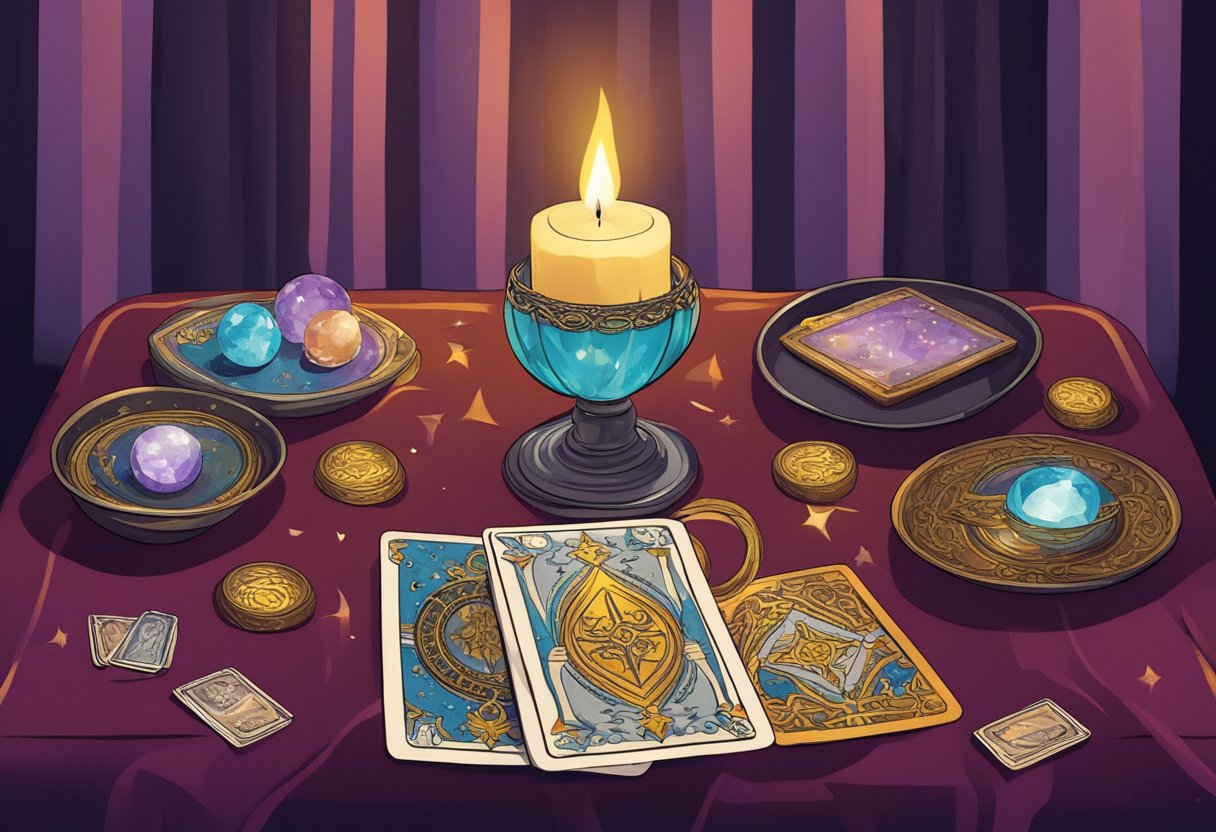
Tarot cards are a powerful tool used in tarot reading to gain insight into a person’s past, present, and future. Understanding the different types of tarot cards is important for anyone who wants to learn how to read them effectively.
Major Arcana
The Major Arcana is a set of 22 cards that represent major life events and universal themes. These cards are considered the most important in a tarot deck and are often used to provide insight into significant life events.
Each Major Arcana card has its own unique meaning and symbolism. For example, The Fool represents new beginnings and taking risks, while The Tower represents sudden change and upheaval.
Minor Arcana
The Minor Arcana is a set of 56 cards that are divided into four suits: Wands, Cups, Swords, and Pentacles. These cards represent everyday events and situations and are often used to provide more detailed information during a tarot reading.
Each suit has its own unique symbolism and meaning. For example, Wands represent creativity and ambition, while Cups represent emotions and relationships.
Card Symbolism
Each tarot card has its own unique symbolism and meaning. Understanding these symbols is crucial for anyone who wants to learn how to read tarot cards effectively.
Some common symbols found in tarot cards include animals, colors, and numbers. For example, the number 3 often represents creativity and growth, while the color red represents passion and energy.
By understanding the different types of tarot cards and their symbolism, you can gain a deeper understanding of yourself and your life. Whether you are a beginner or an experienced tarot reader, taking the time to learn about tarot cards can be a valuable tool in your personal growth journey.
The Tarot Reading Process
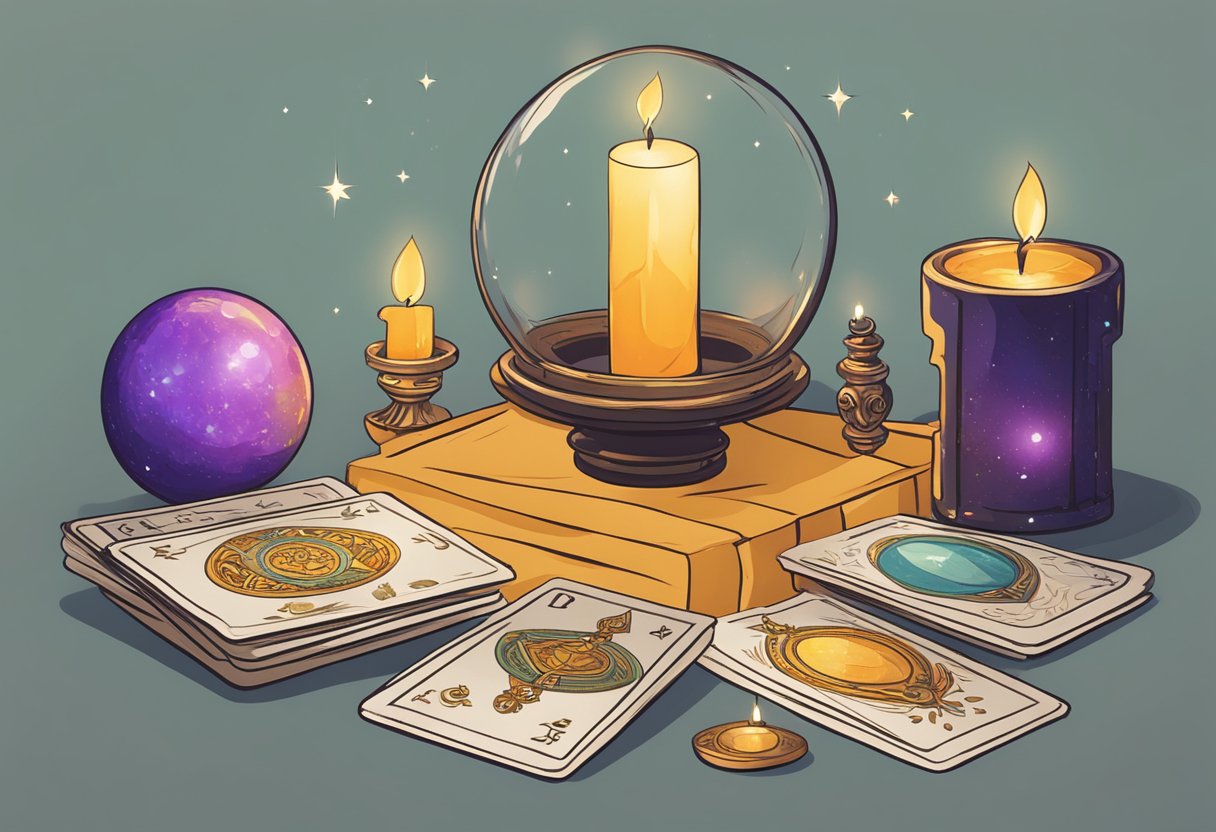
If you are new to tarot reading, the process may seem intimidating at first. However, with practice and patience, you can become a skilled reader. Here are the basic steps to follow when conducting a tarot reading:
Choosing a Deck
First, you need to choose a tarot deck that resonates with you. There are many different decks available, each with its own unique artwork and symbolism. Take some time to research different decks and find one that speaks to you.
Formulating Questions
Before you start the reading, it’s important to formulate clear and specific questions. The questions should be open-ended and focus on the present or future. Avoid asking yes or no questions, as they can limit the scope of the reading.
Spreads and Layouts
There are many different spreads and layouts you can use for a tarot reading. The most common is the three-card spread, which represents the past, present, and future. Other popular spreads include the Celtic Cross and the Horseshoe spread. Choose a spread that fits the nature of your question.
Interpreting the Cards
Once you have laid out the cards, it’s time to interpret their meaning. Each card has its own symbolism and significance, and the way the cards are arranged can also affect their interpretation. Take some time to study the cards and their meanings, and use your intuition to guide you in your interpretation.
Remember that tarot readings are not set in stone and should be used as a tool for guidance and self-reflection. With practice and patience, you can become a skilled tarot reader and gain valuable insights into your life and the lives of others.
Types of Tarot Readings
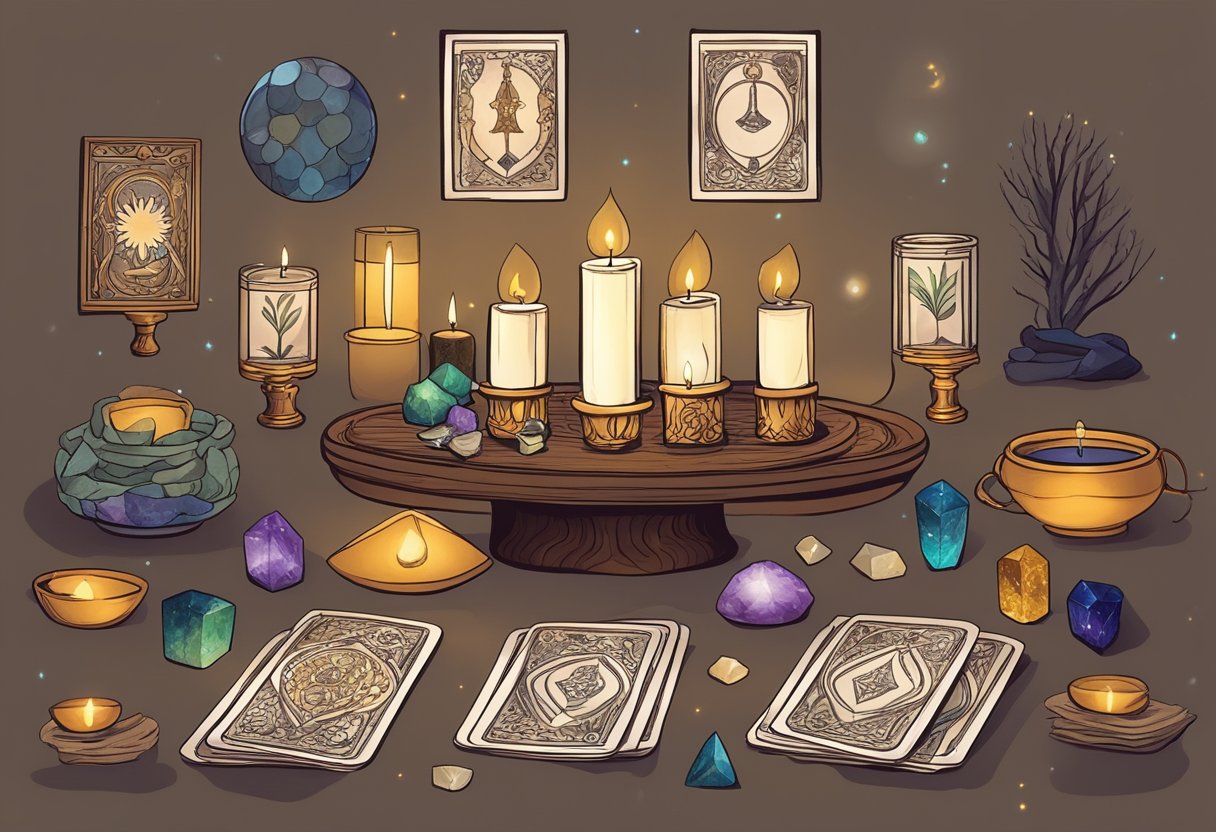
Tarot readings can provide insight into various aspects of your life, including love and relationships, career and finance, and spiritual guidance. Each type of reading can give you a unique perspective on your situation and help you make informed decisions.
Love and Relationships
If you are seeking guidance on matters of the heart, a love and relationship tarot reading can provide valuable insight. This type of reading can help you understand your current relationship, identify potential obstacles, and explore ways to improve your connection with your partner.
During a love and relationship tarot reading, the reader may use specific spreads that focus on your emotional state, your partner’s feelings, and the dynamics of your relationship. The cards can provide guidance on how to communicate effectively, overcome challenges, and deepen your connection with your partner.
Career and Finance
A tarot reading can also provide insight into your career and financial situation. This type of reading can help you identify potential opportunities, overcome obstacles, and make informed decisions about your professional life.
During a career and finance tarot reading, the reader may use spreads that focus on your current job, your financial situation, and your long-term goals. The cards can provide guidance on how to navigate challenging situations, make wise investments, and find success in your chosen field.
Spiritual Guidance
A tarot reading can also provide spiritual guidance and insight into your personal growth and development. This type of reading can help you connect with your inner self, explore your spirituality, and find meaning and purpose in your life.
During a spiritual guidance tarot reading, the reader may use spreads that focus on your spiritual journey, your connection to the divine, and your personal beliefs and values. The cards can provide guidance on how to cultivate inner peace, find balance and harmony, and connect with your higher self.
Overall, tarot readings can provide valuable insight into various aspects of your life. Whether you are seeking guidance on matters of the heart, your career, or your spiritual journey, a tarot reading can help you gain clarity and make informed decisions.
Ethics and Responsibilities

Reader’s Code of Conduct
As a tarot reader, it is important to adhere to a code of conduct to ensure that you provide ethical and responsible readings. This includes respecting your clients’ privacy and confidentiality, providing accurate and honest readings, and avoiding making decisions or offering medical or legal advice.
To maintain a professional and ethical practice, it is important to establish clear boundaries with your clients. You should never pressure or coerce clients into making decisions or reveal personal information that they are not comfortable sharing. Additionally, it is important to avoid making predictions or promises that cannot be guaranteed.
Managing Expectations
It is important to manage your clients’ expectations when it comes to tarot readings. While tarot can provide insight and guidance, it is not a tool for predicting the future or making decisions for your clients. As a reader, it is important to communicate this clearly to your clients and ensure that they understand the limitations of the tarot.
It is also important to ensure that your clients understand that tarot readings are not a substitute for professional medical or legal advice. If a client has a serious issue that requires professional assistance, it is your responsibility to refer them to the appropriate resources.
By following a reader’s code of conduct and managing your clients’ expectations, you can provide ethical and responsible tarot readings that help your clients gain insight and clarity into their lives.
Frequently Asked Questions
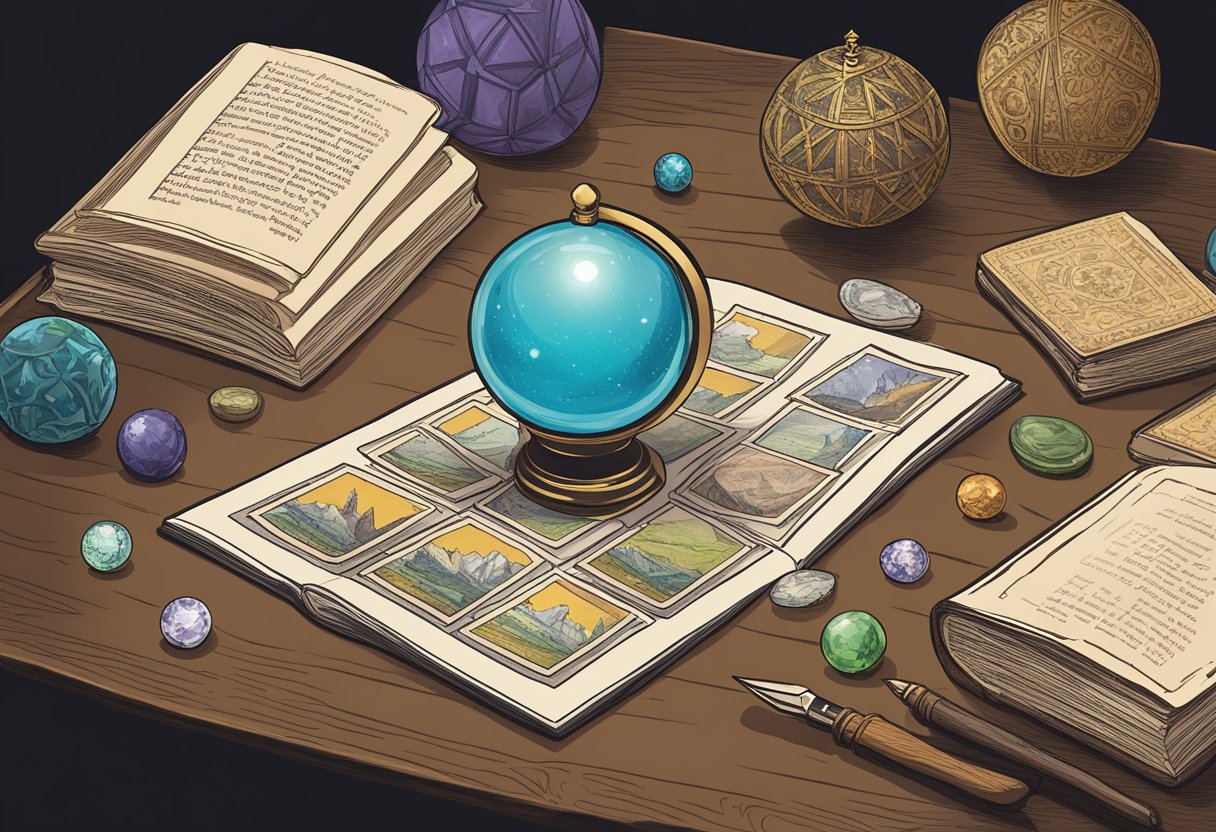
How can I find a reliable tarot reading service nearby?
If you’re looking for a tarot reading service near you, start by doing a quick online search. Look for reviews from previous customers to get an idea of the service’s quality. You can also ask for recommendations from friends or family who have had tarot readings before.
What are the benefits of using tarot reading apps on Android devices?
Using tarot reading apps on Android devices can be convenient and cost-effective. You can get a reading anytime, anywhere without having to visit a physical location. Additionally, many apps offer a variety of spreads and interpretations, so you can choose the one that best suits your needs.
Is it possible to get an accurate tarot reading for free online?
While there are many free tarot reading websites available, the accuracy of these readings can vary. It’s important to remember that tarot readings are not a substitute for professional advice, and free online readings should be taken with a grain of salt.
Can tarot readings provide insights specific to my date of birth?
Tarot readings can provide insights into your personality traits and tendencies, which may be influenced by your date of birth. However, it’s important to remember that tarot readings are not based on astrology, and should not be used as a substitute for a personalized birth chart reading.
What should I expect from a love-focused tarot reading?
A love-focused tarot reading can provide insights into your current or future romantic relationships. The reading may explore your feelings, desires, and potential obstacles to finding love. Keep in mind that tarot readings are not a guarantee of future events, and should be taken as guidance rather than fact.
How can I learn to read tarot cards for myself?
Learning to read tarot cards takes time and practice. Start by familiarizing yourself with the meanings of each card, and gradually work on building your own interpretations. You can find many resources online, including books, videos, and online courses, to help you learn and improve your skills.
